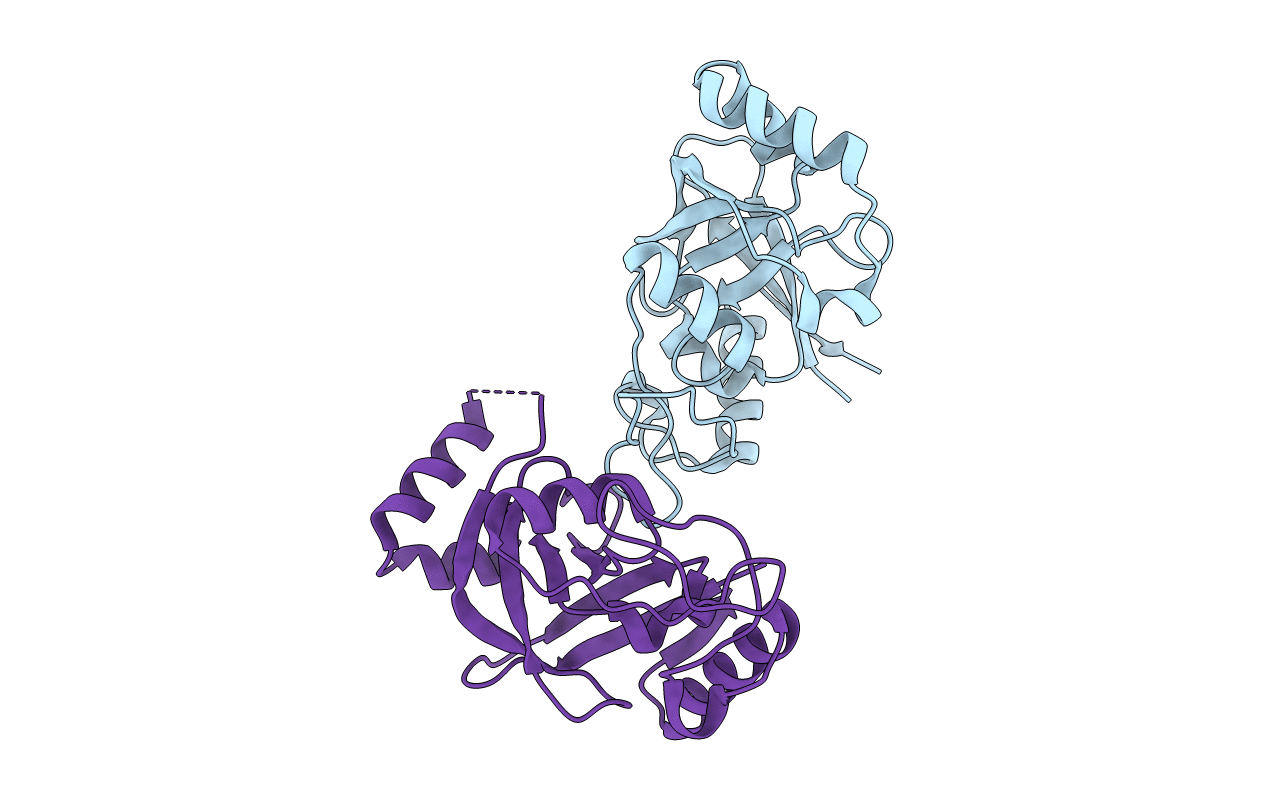
Deposition Date
2005-08-01
Release Date
2006-01-24
Last Version Date
2024-03-13
Entry Detail
PDB ID:
2AJG
Keywords:
Title:
Crystal structure of the editing domain of E. coli leucyl-tRNA synthetase
Biological Source:
Source Organism:
Escherichia coli (Taxon ID: 562)
Host Organism:
Method Details:
Experimental Method:
Resolution:
2.00 Å
R-Value Free:
0.24
R-Value Work:
0.21
R-Value Observed:
0.21
Space Group:
P 63 2 2


